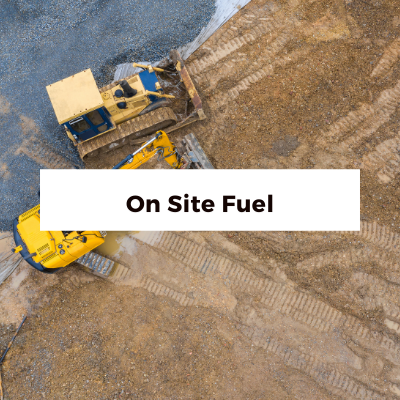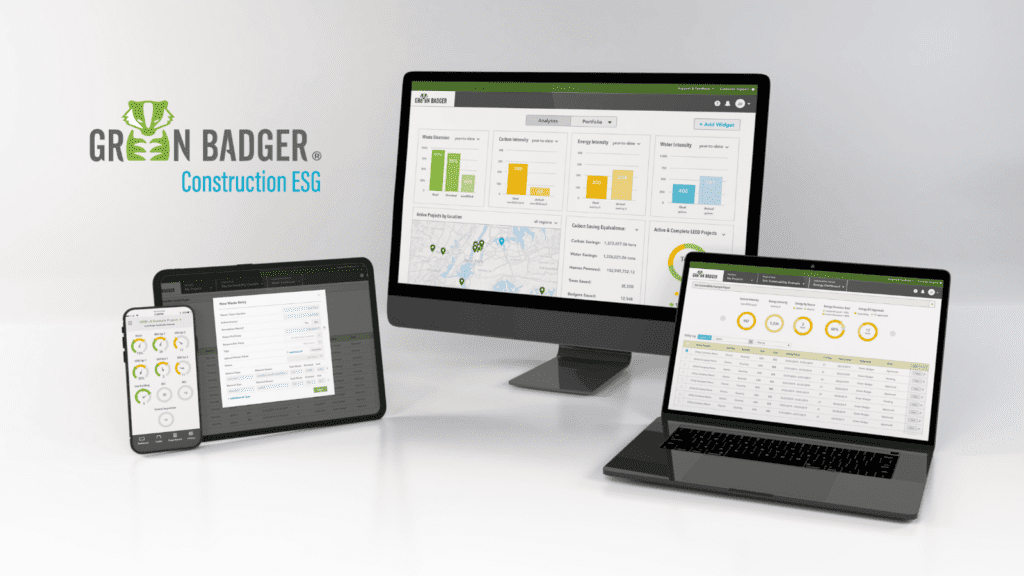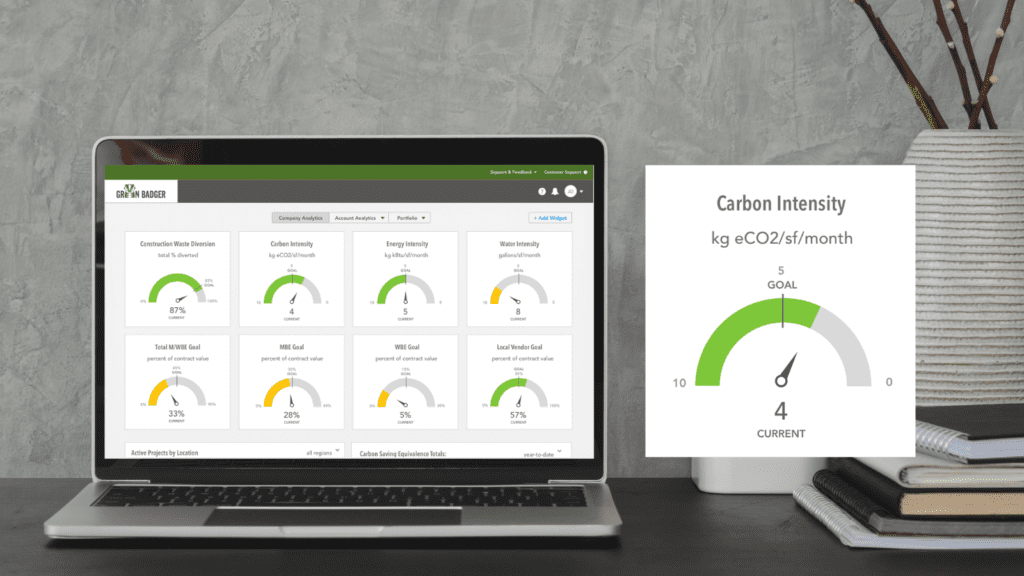
by Tommy Linstroth
Founder and CEO at Green Badger
LEED Fellow
Construction ESG Tracking With Green Badger
Green Badger has been streamlining and automating green construction compliance from LEED documentation automation for years and is now working to solve the emerging challenge of Construction Environmental, Social, and Governance (ESG) benchmarking.
Traditionally the industry has spent prior years looking at the sustainability of the building itself. What is the building made of, are the products selected for the building healthy, where are the products coming from, and what’s going on inside the building in terms of indoor air quality?
The construction industry as a whole has been focused here as well. Talks around carbon and energy have been in terms of once the construction of the building is complete and occupied. What is the building’s EnergyStar score? What do the building’s utility bills look like?

Changing Landscape of the Green Construction Industry
The green building industry has realized the need to broaden the scope of its carbon tracking. Its no longer just what carbon building occupants produce, but what’s the embodied carbon of the materials themselves. Environmental product declarations, the EC3 calculator, and advanced LCA software are beginning to crack that materials challenge.
That still leaves a gap between the product or material creation and the end building’s carbon and energy impacts. That gap consists of the months or years of construction activities required to transform those materials into the buildings we work and live in today.

Construction ESG Tracking: Where to Focus
As a general contractor or developer, if you haven’t been asked for ESG metrics yet, you will. From voluntary initiatives like the Contractor’s Commitment to proposed regulatory carbon disclosures from the SEC to the growing number of sustainable impact investors and companies with their own net-zero carbon goals, the demands to incorporate ESG data and benchmarking is driving challenges and opportunities across an organization. While ESG reporting is growing in importance, companies are still learning about how to track and report ESG metrics across their construction portfolio and how to measure ESG impact and success.
Tracking carbon can be complex and involve a variety of sources dependent of the level of depth and scope of reporting that is required. Depending on project requirements or a company’s own sustainability journey, a combination of Scope 1, 2, and 3 carbon sources may be accounted for on a construction project.






Here are a sample construction ESG metrics we see being tracked on the jobsite:
- Scope 1 Emissions: Purchased Fuels – this could be natural gas for generators, or liquid fuels like diesel for heavy equipment
- Scope 2 Emissions: Purchased Electricity – jobsite temporary power for running the project
- Scope 3 Emissions:
- Product Transport – or the emissions associated with getting products from the manufacturer/distributor to the project
- Commute – whether it is the GC’s team or all onsite subcontractors – tracking emissions associated with getting to and from the project each day
- Business Travel – other travel associated with the project
- Embodied Carbon: the carbon associated with the materials themselves
Every contractor is on a different part of their journey. Teams could be looking at everything from the wholescale accounting for carbon from material to project completion, to simply starting with tracking the electricity on their project, because that might be the only data available in 2022. There’s not a right or wrong answer!

Green Badger’s Construction ESG Platform
Green Badger’s software has evolved to help teams and organizations adapt to the new requirements affecting the construction marketplace. The new Construction ESG portal bridges the gap to specifically track, benchmark and then help reduce the carbon, waste, water, and energy impact of the construction process itself.




The construction ESG software also includes tracking capabilities for on-site wellness opportunities and other functionality to help general contractors show compliance with the Contractor’s Commitment, as well as be able to easily report back to owners who are starting to capture construction activities as part of their own environmental footprint. Soon to launch metrics address the social and socio-economic impact projects have as well.
ESG data has become a standard in commercial real estate and is now being driven into construction and development-related activities. As an owner, construction activities fall into your scope of reporting. As a general contractor, your organizational or project goals require accurate reporting and instant availability. Green Badger’s construction ESG software provides a scalable, intuitive solution that isn’t a time burden – whether tracking on an individual project or across an organization.
Whichever path you choose to follow, Green Badger’s Construction ESG platform makes tracking as simple as possible. For carbon tracking, as with most new endeavors, if the process is difficult and cumbersome to complete with confidence then it has much less chance of success.

Green Badger offers an intuitive user experience so the team will know where each project stands versus overarching corporate goals, as well as organizational dashboards that let companies see how they are performing at a corporate level.
The data analytics offered within Green Badger’s Construction ESG platform help provide actionable information. As organizations start to set reduction goals, they can target where they will have the biggest impact.
Green Badger is also in the process of rolling out an array of social metrics including MWBE participation, local spending, and more that you can incorporate into your annual CSR reporting.
In the end, incorporating construction ESG at the project level is becoming exceedingly relevant, from your own internal corporate goals to owner requirements that are asking you to provide this information. We’re working to provide a comprehensive solution for construction ESG metrics and green building certifications to make this process as simple and efficient as possible.
To see how Green Badger’s Construction ESG platform can take your sustainability reporting to the next level, schedule a demo with us today.





